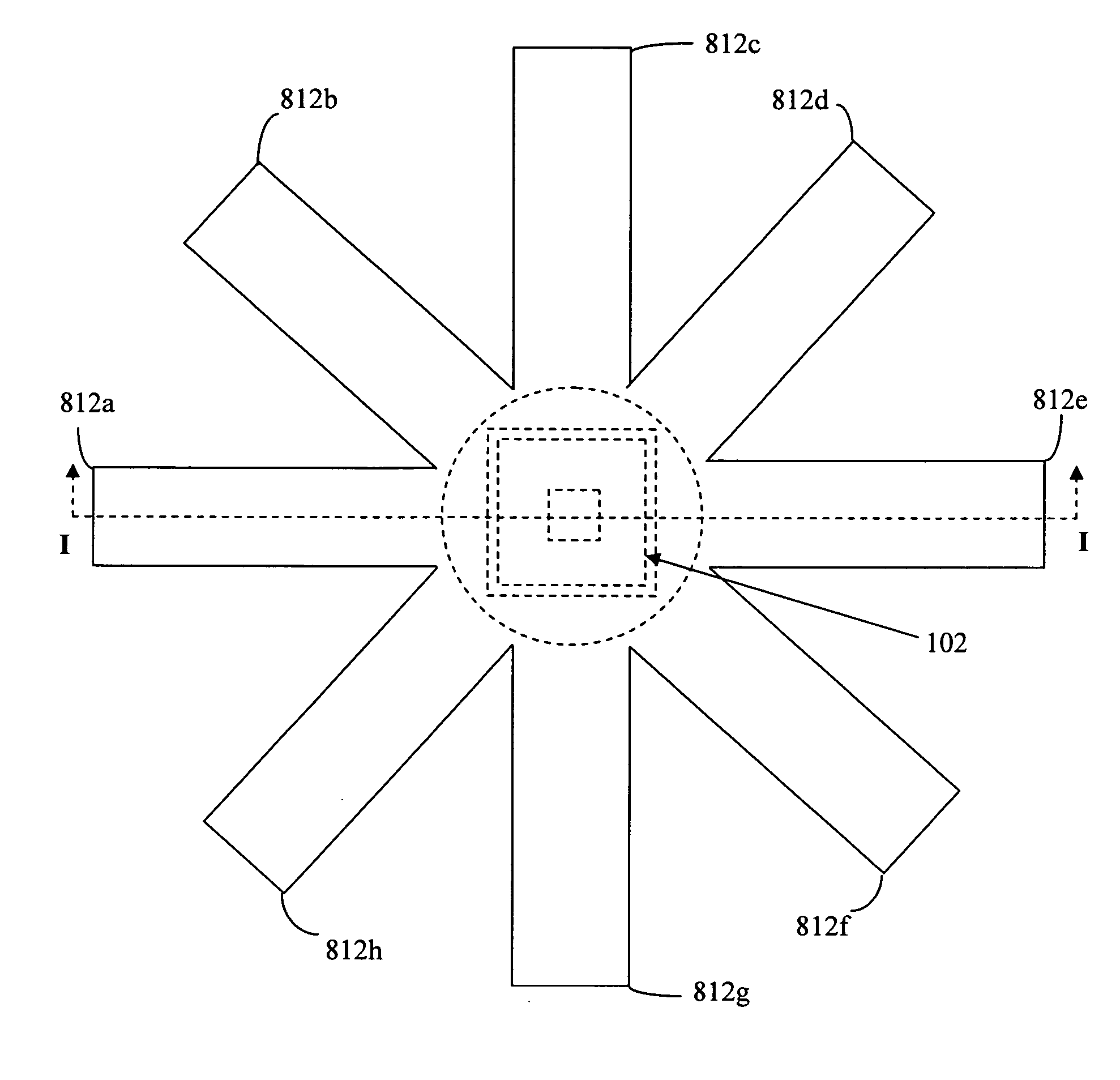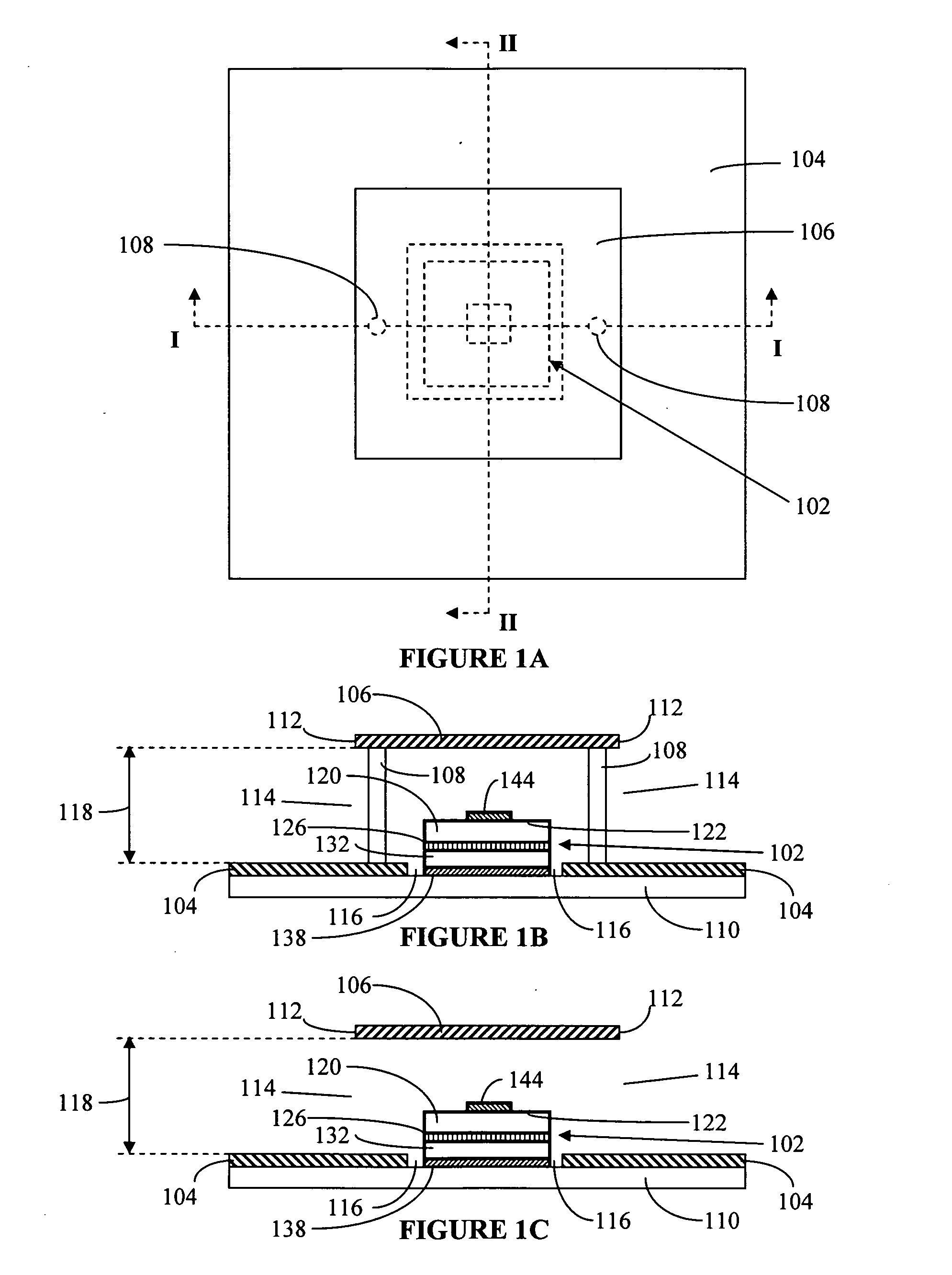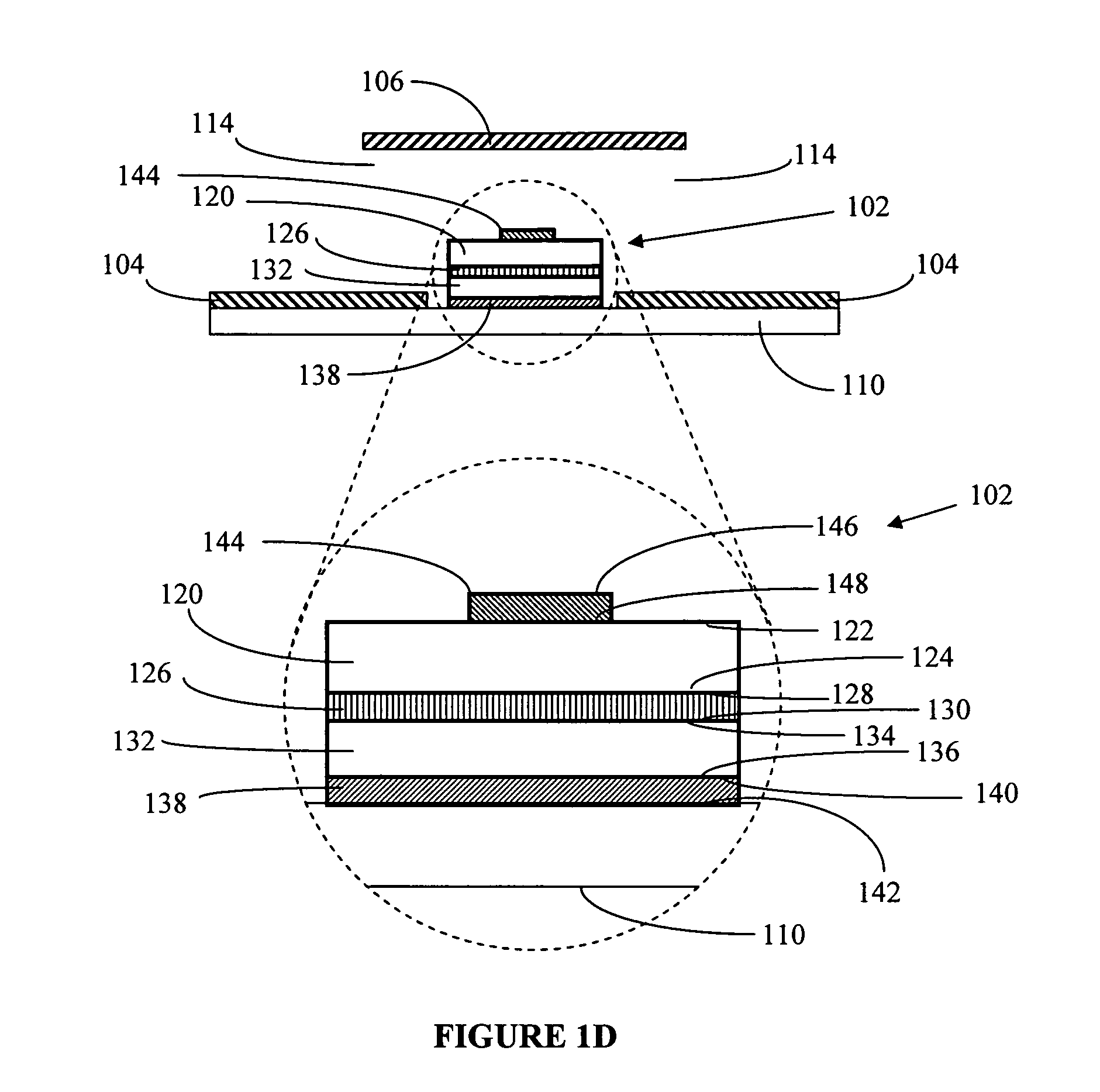Side emitting illumination systems incorporating light emitting diodes
a technology of light-emitting diodes and side-emitting illumination, which is applied in the direction of lighting and heating apparatus, instruments, display means, etc., can solve the problems of increasing the output brightness and efficiency of the side-emitting illumination system, the edge brightness of the led light source is no longer convenient to place led light sources along the edge of the waveguide, and the cost of solid plastic waveguides is high. , to achieve the effect of increasing the effective brightness of the light-e-
- Summary
- Abstract
- Description
- Claims
- Application Information
AI Technical Summary
Benefits of technology
Problems solved by technology
Method used
Image
Examples
Embodiment Construction
[0037] The preferred embodiments of the present invention will be better understood by those skilled in the art by reference to the above listed figures. The preferred embodiments of this invention illustrated in the figures are not intended to be exhaustive or to limit the invention to the precise form disclosed. The figures are chosen to describe or to best explain the principles of the invention and its applicable and practical use to thereby enable others skilled in the art to best utilize the invention. The above listed figures are not drawn to scale. In particular, the thickness dimension of the LEDs is expanded to better illustrate the various internal layers of the devices.
[0038] One embodiment of this invention is illustrated in FIGS. 1A-1I. FIG. 1A is a top plan view of side-emitting illumination system 100. FIG. 1B is a cross-sectional view along the I-I plan of the side-emitting illumination system 100 illustrated in FIG. 1A. FIG. 1C is a cross-sectional view along the ...
PUM
 Login to View More
Login to View More Abstract
Description
Claims
Application Information
 Login to View More
Login to View More - R&D
- Intellectual Property
- Life Sciences
- Materials
- Tech Scout
- Unparalleled Data Quality
- Higher Quality Content
- 60% Fewer Hallucinations
Browse by: Latest US Patents, China's latest patents, Technical Efficacy Thesaurus, Application Domain, Technology Topic, Popular Technical Reports.
© 2025 PatSnap. All rights reserved.Legal|Privacy policy|Modern Slavery Act Transparency Statement|Sitemap|About US| Contact US: help@patsnap.com



